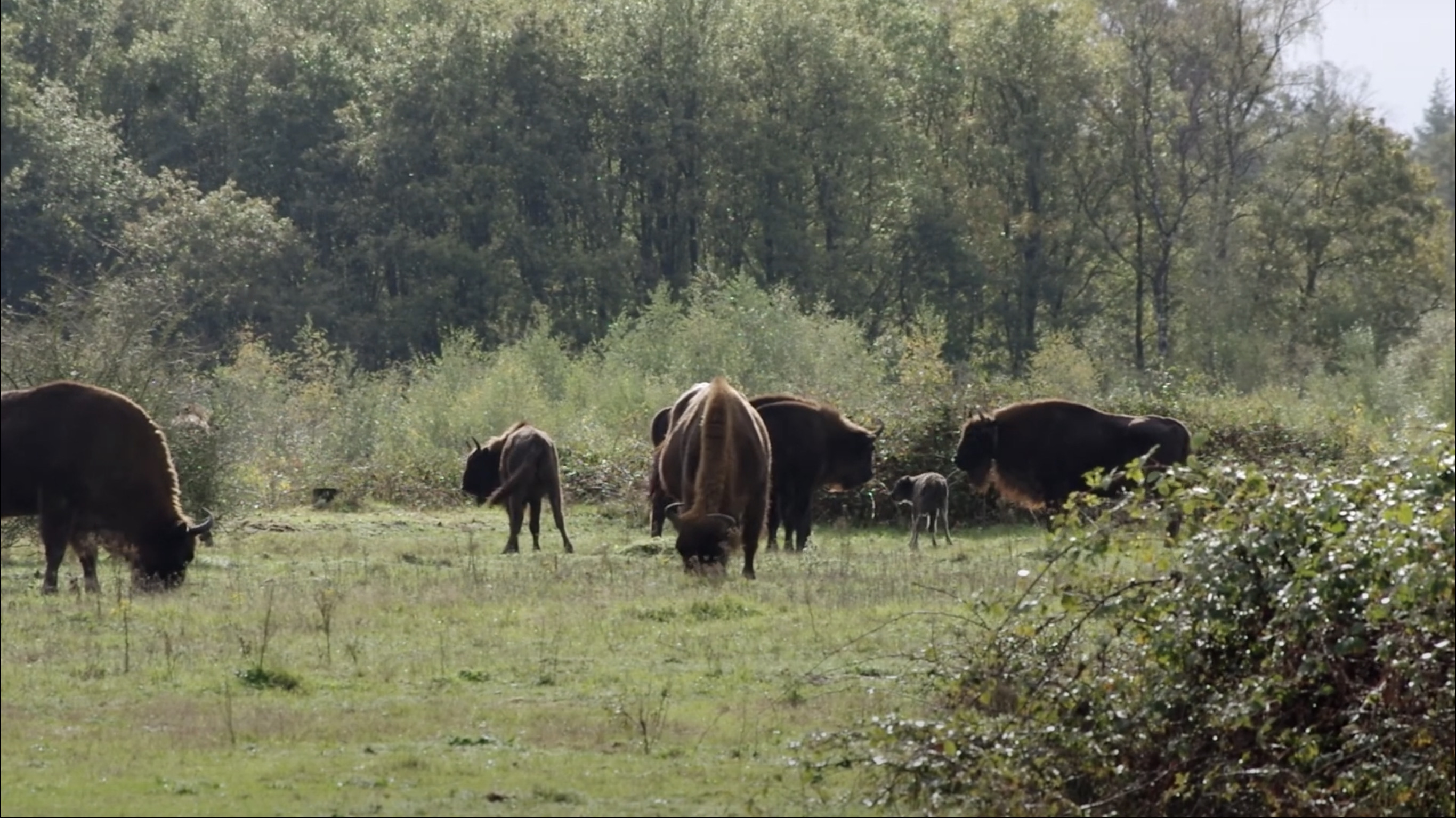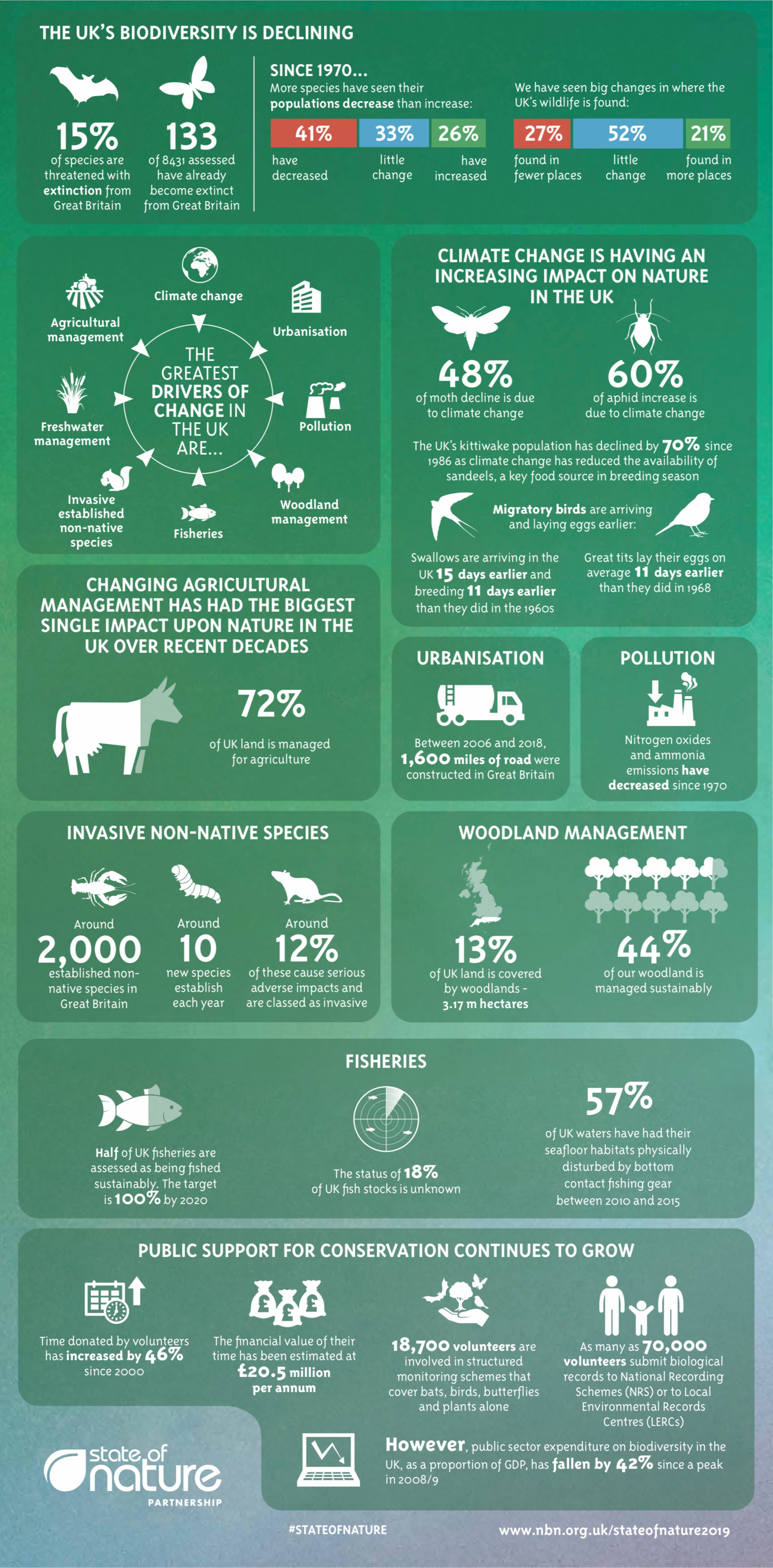
- Inspiring People -
- 5mins -
- 342 views
Wild Bison set to Return to England’s Forests after 6,000 Years
A small herd of European wood bison—relatives of the iconic beast that roams the American Great Plains—are to be released in an ancient forest in Kent, where they have not resided for the last 6,000 years.
Ground-breaking rewilding project will see wild bison reintroduced to Kent in spring 2022
In the spring of 2022, four European bison are to be released in a 2,500-acre area called Blean woods near Canterbury, Kent. It will be the first time in 6,000 years that the ancient species has roamed in Britain. Led by Kent Wildlife Trust and the Wildwood Trust, the reintroduction forms part of a broader wilding project, made possible by a £1m award from the People’s Postcode Lottery Dream Fund. The aim is to restore the natural ecosystem in the area’s renowned ancient woodlands and help reintroduce some of the ecosystem’s lost diversity and store carbon.

Wild bison set to return to UK woodlands in spring 2022
In the UK, Kent Wildlife Trust and Wildwood Trust are launching a flagship wilding project, ‘Wilder Blean’, funded by players of People’s Postcode Lottery. This groundbreaking project will be taking place in the Blean Woods situated near Herne Bay, Whitstable, and Canterbury.
The project will promote stronger habitats by restoring natural processes that are able to withstand the current environmental crisis and species decline, and in the long run, reverse it.
In the UK, lack of woodland management is one of the eight biggest drivers of species decline. Wilder Blean aims to bring transformational change through a controlled trial with bison; a missing keystone species that is able to naturally manage woodlands.
A key part of this project will be extensive consultation and engagement with local landowners, interest groups and residents who know and love this area.
European bison are being used in this project because they are ecosystem engineers, meaning that they are able to change their environment through their natural behaviours. Bison can change woodlands in a way that no other animal can, they eat bark and create dust baths which each have benefits for many plants and animals, these are functions that have been missing from UK woodlands for thousands of years and bringing them back can help restore an abundance of wildlife.
Source: KentWildlifeTrust
Why bison?
According to Kent Wildlife Trust, Bison manage habitats in a way that no other animal can. In West Blean woods, they need to encourage more light to the woodland floor and increase the amount of deadwood to benefit native plants and animals, and this is exactly what the bison can do.
The way bison graze and interact with their surroundings is unique; targeting bark rather than other parts of a plant, creating ‘bull pits’ or ‘sand baths’ by dust bathing to remove parasites, removing moulting fur by rubbing against trees and due to their large size and strength, creating corridors through densely vegetated patches which in turn links up microhabitats.
All these behaviours can create a healthy life cycle in woodland and create gaps in the canopy that provide a 3-dimensional habitat to the benefit of a variety of species. Without an animal like bison, these functions are missing in woodlands, and this project aims to restore those functions.
Source: KentWildlifeTrust
Wilding: when nature is given the tools and space it needs to recover itself
Species in the UK are declining at their fastest rate for thousands of years according to the latest State of Nature report and unfortunately, human management alone is not enough to create the kinds of habitats species need.
What we need are natural solutions and this is why Kent Wildlife Trust have taken the strategy one step further, by promoting ‘Wilding’ across some of their sites in Kent. Wilding is when nature is given the tools and space it needs to recover itself and has the potential to increase the abundance of biodiversity to levels beyond what human management achieves and helps store carbon.
Traditional conservation approaches haven’t halted the alarming loss of species diversity and abundance that we continue to witness. The climate is changing and our landscapes aren’t resilient enough to support the wildlife and communities that inhabit them. We need to adopt bolder, new approaches in conservation and we need to take action now.
Traditionally, conservation management has been a very intensive activity, relying upon significant human effort supported by machinery. But conservation approaches are changing as we recognise that nature could actually do the job better. In the UK, we’re heading towards an increasing number of species extinctions in the next 10 years.
Wilding is when nature is given the freedom and space it needs to recover itself and has the potential to increase the abundance of wildlife to levels beyond what human management achieves. It also can help tackle many man-made issues such as climate change, soil degradation and flooding. On this site that means the introduction of grazing animals including bison, cows, ponies and pigs to help manage the woodland in a more natural way.
Click the link below for more details and an extensive list of FAQs.
Source: KentWildlifeTrust


